
PHOTOS First Pair of Repainted Turrets Complete on Cinderella Castle at the Magic Kingdom WDW
The courtyard of a castle containing the principal buildings, including sometimes a tower keep, which may be surrounded by its own fortified wall. Wattle & Daub. The combination of clay or earth (daub) with a strengthening latticework of wood (wattle) which was used in buildings instead of more expensive stone.
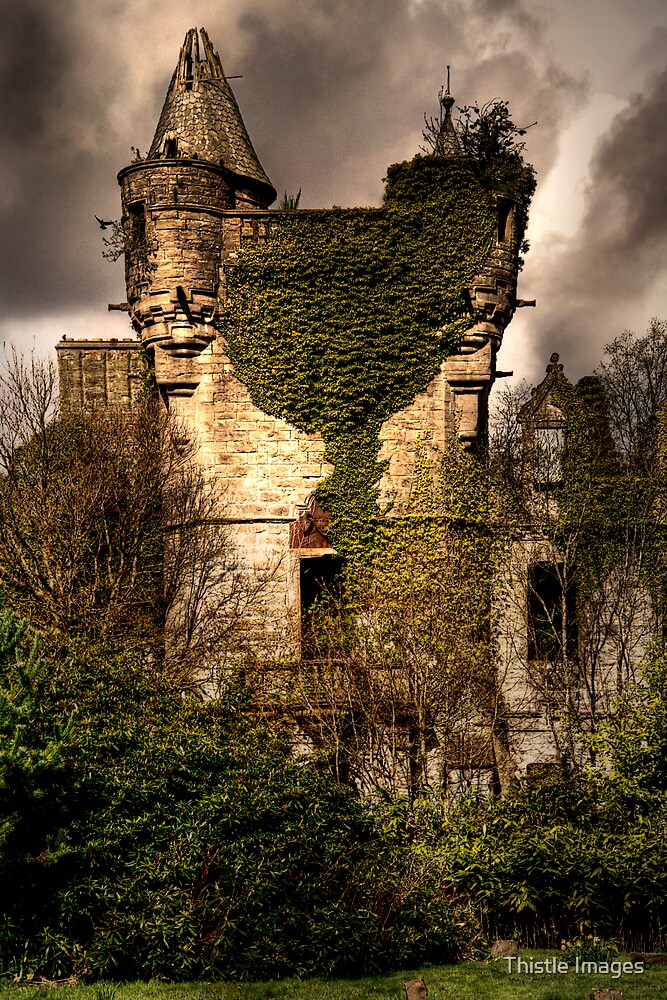
"Castle Turret" by Thistle Images Redbubble
Purpose of Castle Turrets "Castle Turrets", by Thomas Quine, is licensed under CC BY-SA 2.0 Castle Turrets were constructed to achieve the military purpose. These were designed to serve as bartizan (a battlemented parapet or an overhanging corner chamber at the castle's top) and improve soldiers' view of the tower adjacent to them and fire at besiegers who gather at the base of those.
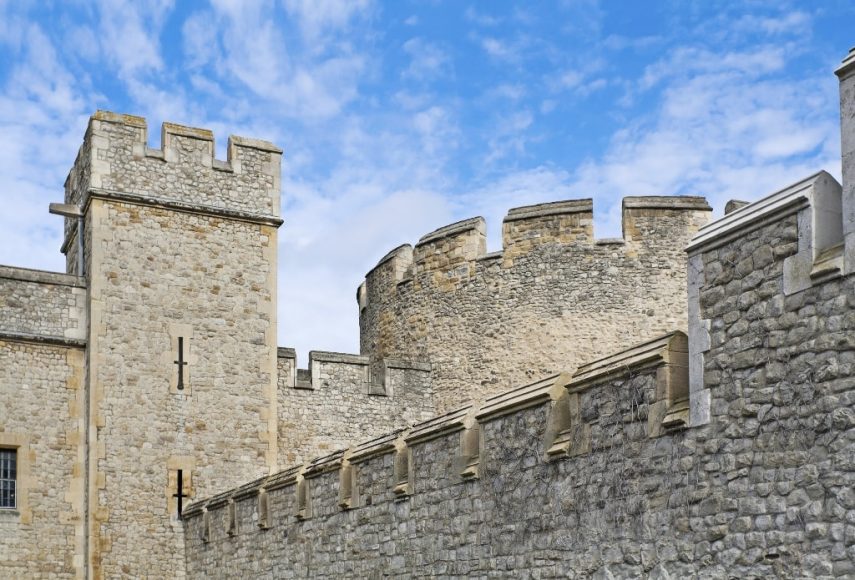
Castle Turrets Explained Historic European Castles
Turrets often look best when they reflect their origins as lookout posts. To give guards the best view of the surrounding countryside, medieval builders extended these rooms beyond the main castle walls and built them in a circular shape. Today, the space inside a circular turret provides a spectacular sweep-around view of a neighborhood or yard.
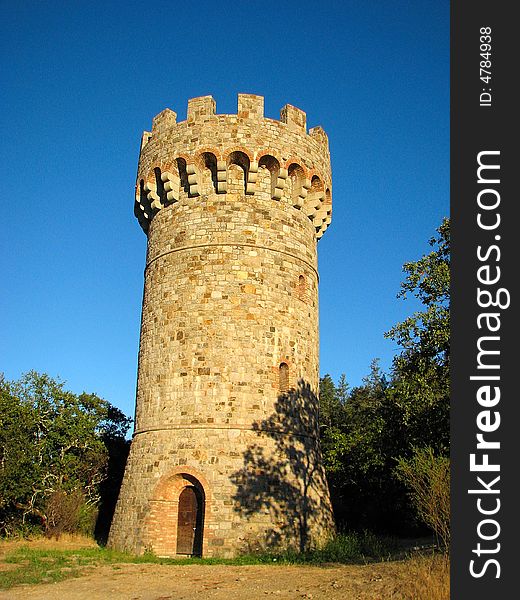
Castle Turret Free Stock Images & Photos 4784938
Castle turrets also had a defensive gate at the bottom, leading to the walls and into the castle's interior. One of the most notable examples of this can be seen in the famous Tower of London, which had multiple turrets connected to its main walls. Overall, castle turrets played a vital role in the defense system of ancient castles.

New Cinderella Castle turrets Photo 6 of 8
Castle turrets are also known as small towers like an added structure that was vertically designed to rest on the main castle structure. There were different types of turrets built during medieval times. A Bartizan was a smallish turret built at the corner of a towering wall.
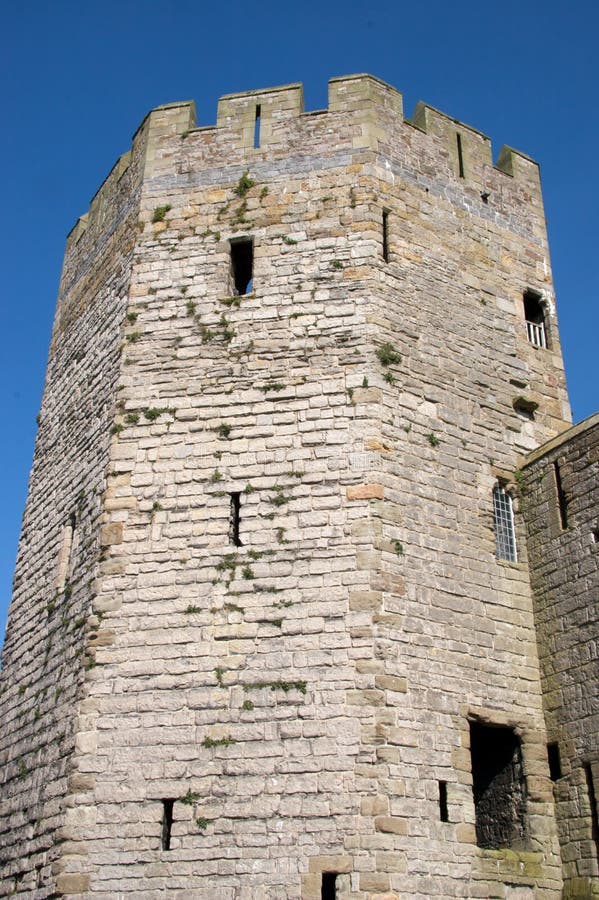
Castle Turret stock photo. Image of united, battlement 14671910
A historic castle in Devon has lost one of its turrets due to strong winds and rain, but the owners are determined to keep their business running as usual. devonlive Load mobile navigation.
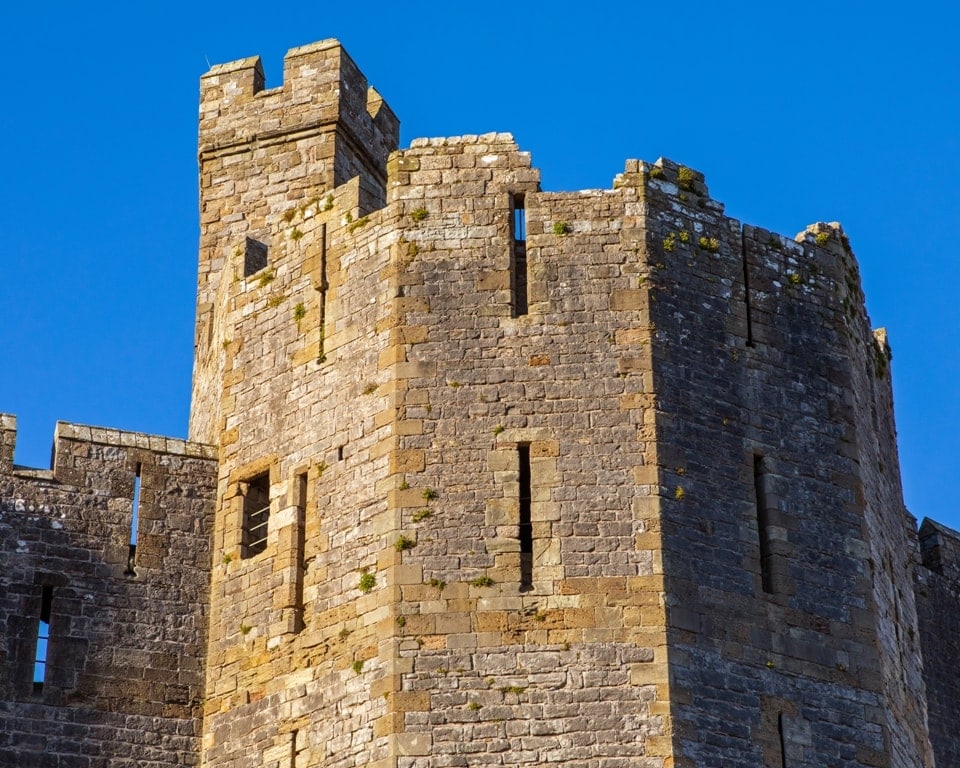
Castle Turrets Explained Historic European Castles
Turret (highlighted in red) attached to a tower on a baronial building in Scotland. In architecture, a turret is a small tower that projects vertically from the wall of a building such as a medieval castle.Turrets were used to provide a projecting defensive position allowing covering fire to the adjacent wall in the days of military fortification.As their military use faded, turrets were used.
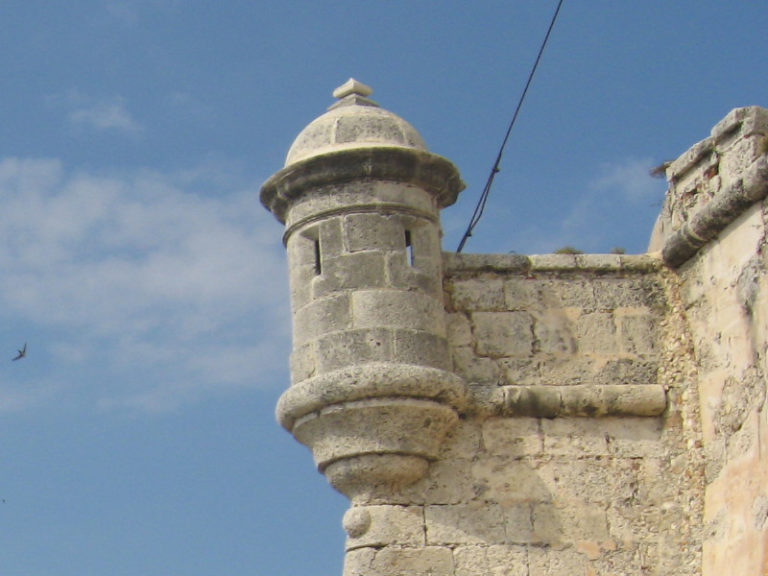
Parts of a Medieval Castle The Turret Medieval Britain
Turret may refer to: . Turret (architecture), a small tower that projects above the wall of a building Gun turret, a mechanism of a projectile-firing weapon; Objective turret, an indexable holder of multiple lenses in an optical microscope; Missile turret, a device for aiming missiles towards their intended target before launch; The Turret, a headland in Antarctica
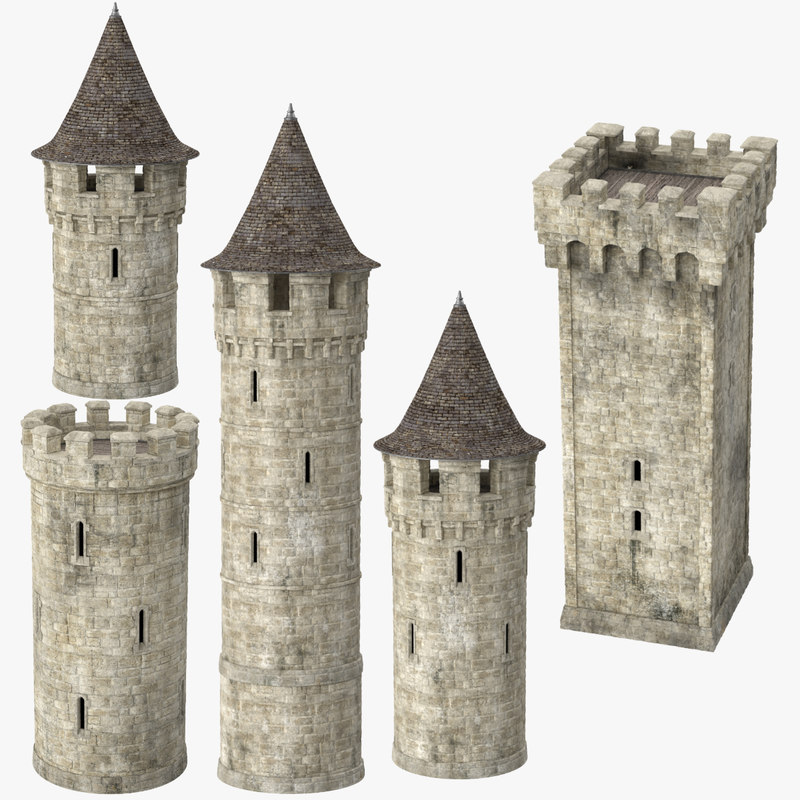
3d castle turrets model
A castle's Turret is a small tower that projects vertically from the wall. Turrets provided a projecting defensive position that covered fire to its adjacent walls. A turret could have a circular top with crenellations, a pointed roof, or an apex of some kind. Turrets sometimes contained a staircase that projected higher than the rest of the.
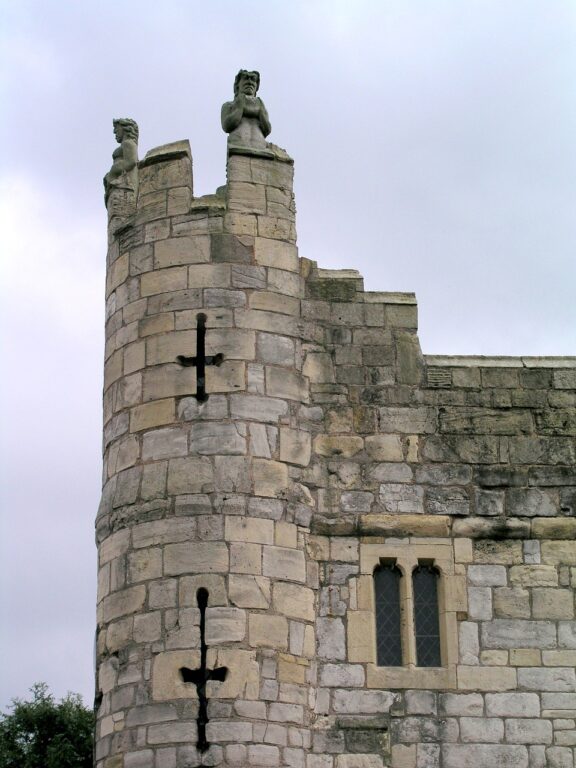
Castle Turret
A castle turret is a small tower rising above and resting on one of the main towers, usually used as a look out point. The triple-turret Eagle Tower at Caernarfon Castle (below) is a famous Welsh landmark. Return to the Glossary of Castle Terms.

10 Castles with Turrets to Visit — Historic European Castles
Castle turrets are essentially small towers that were built into medieval castle fortifications, most typically walls and towers. The name 'turret' comes from the Italian torretta, meaning 'little tower', and the Latin word turris meaning 'tower'.. Castle turrets developed out of the need for increased defensive capabilities and were highly effective in providing defenders with a.

penrhyn castle turret
While modern castles are a rarity, the architectural style of these storied structures can still be found around the world for those who seek it —and turrets are just one of these magical elements. Primarily constructed on medieval castles, these distinct exterior towers were historically used for scouting and impeding attacking enemies.

Castle Turret HighRes Stock Photo Getty Images
The result is small houses that look like castles. The turrets are a notable aesthetic feature of this house style, sometimes likened to a "crown" on the house. Queen Anne style homes with turrets.
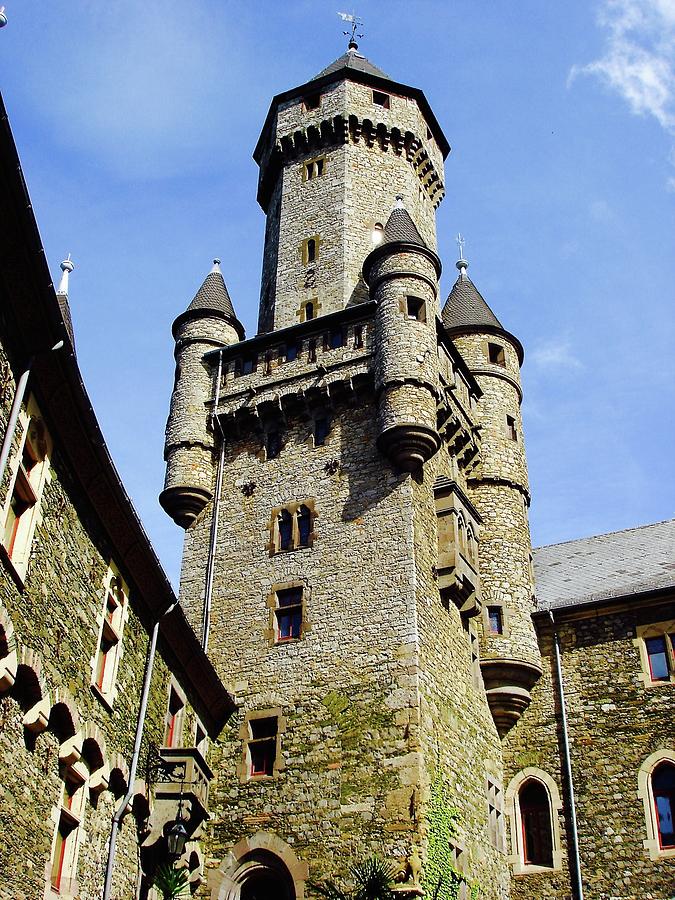
Braunfels Castle Turret 2 Photograph by Chuck Stewart Fine Art America
However, turrets survived as an architectural feature, most notably in the Scottish Baronial style which became popular in the 16th and 17th centuries and can be seen on many grand houses, tower houses, and small castles. Turrets also survive into the modern-day too and can be seen on residential and commercial structures.
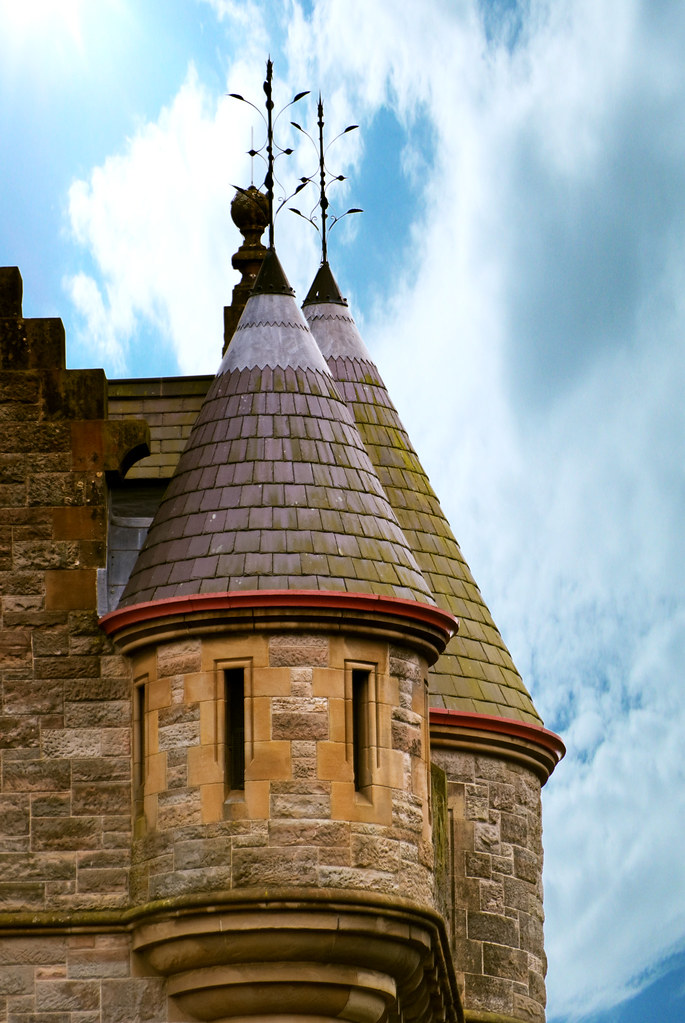
Belfast Castle Turret One of the turrets on Belfast Castle… Flickr
tur·ret / ˈtərit / • n. 1. a small tower on top of a larger tower or at the corner of a building or wall, typically of a castle. ∎ a low, flat armored tower, typically one that revolves, for a gun and gunners in a ship, aircraft, fort, or tank. ∎ a rotating holder for tools, esp. on a lathe. 2. (also turret shell) a mollusk (Turitella and other genera, family Turitellidae) with a long.
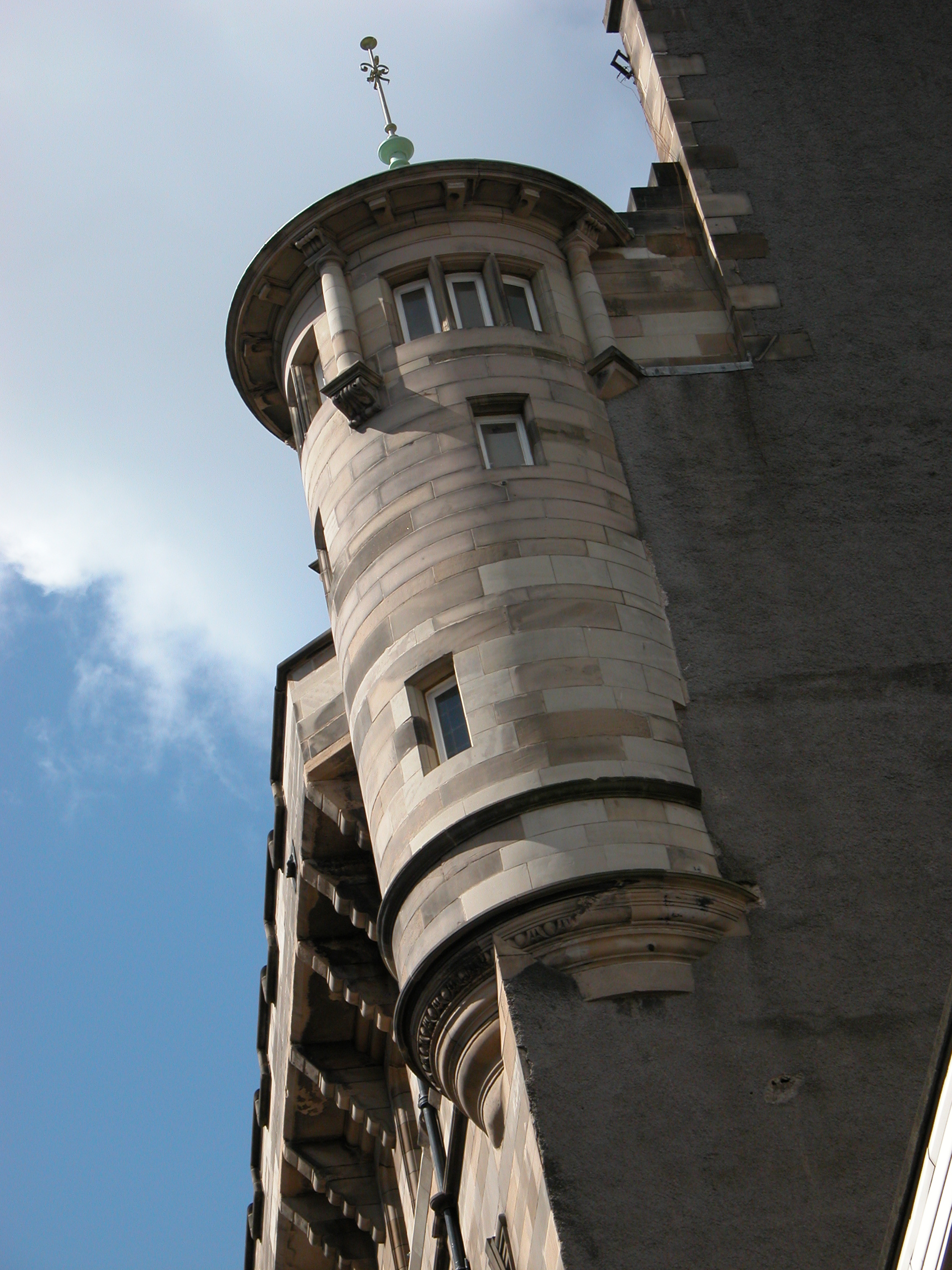
Image*After images castle turret round rounding edge tower princess captive
The castle tower dates back to the 12th Century, according to John Vaughan, who works at the site. Mr Vaughan said seeing the rubble was "a bit traumatic" and rebuilding the tower would take "a.